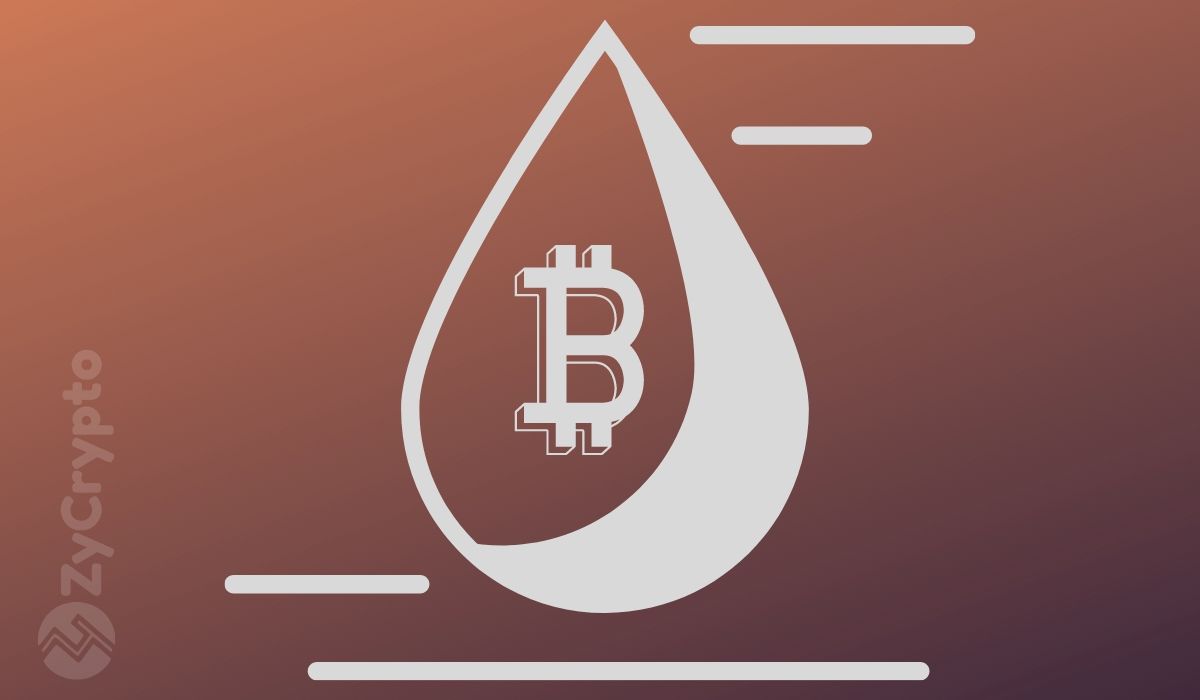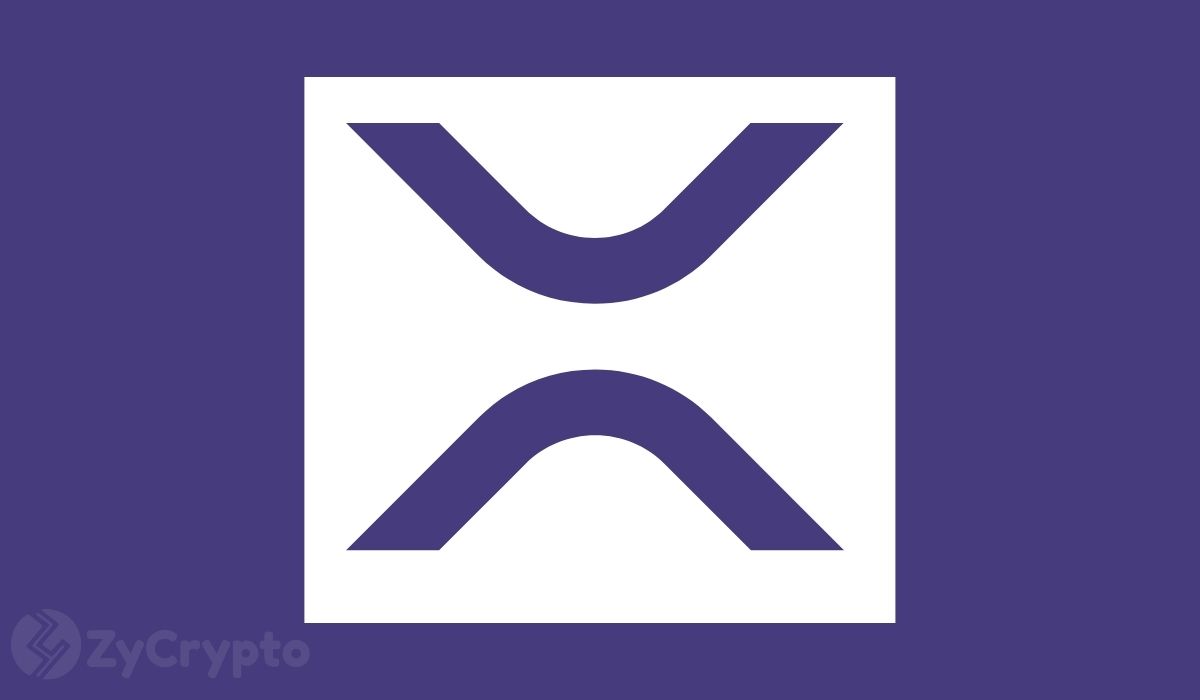ARTICLE AD BOX

Rome Blockchain Labs (RBL) is developing Sceptre, a private beta blockchain for data platform, while also developing Kinetic, a lending and borrowing platform. To optimize the FLR token’s functionality, the two protocols will work hand in hand.
Three native reward mechanisms are built into Flare: delegating to the Flare Time Series Oracle to facilitate the supply of decentralized data to the network, staking to infrastructure providers to promote network security and consensus, and receiving monthly FlareDrops for participating in the network. Holders that use liquid staking may earn more yield in other protocols by using the liquid staked form, sFLR, in addition to continuing to get these incentives. As a result, the token has higher functional liquidity, which makes the building environment more attractive to developers.
With other applications on the horizon, sFLR will first be used for participation in lending protocols and dex liquidity pools. To begin, users stake their FLR with Sceptre, which yields sFLR in return. While offering full liquidity, the sFLR keeps accruing native Flare rewards. The user gets their original stake back together with incentives and FlareDrops when they unstake from the platform, minus a protocol fee.
Hugo Philion, co-founder of Flare, welcomed Sceptre to the ecosystem:
“The Flare tokenomics, and particularly the 36 monthly FlareDrops that will run until January 2026, are weighted heavily towards the community, with almost 60% of all tokens destined to them. With Sceptre and liquid staking, builders can take advantage of this attractive environment knowing that potential users of their dapps will still have access to these native rewards.”
Alexander Elhorst, COO of Sceptre, said:
“Flare is a young and energetic network. Liquid staking will allow the growth of its DeFi ecosystem to accelerate even further. We see a bright future for the chain and want to help build it. We are happy to offer the first liquid staking protocol on the network and are looking forward to working with other ecosystem projects to integrate sFLR.”
.png)
 7 months ago
3
7 months ago
3








 English (US)
English (US)